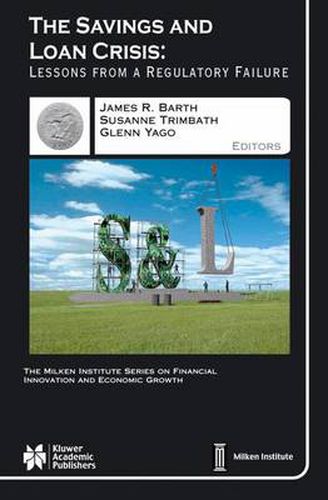Readings Newsletter
Become a Readings Member to make your shopping experience even easier.
Sign in or sign up for free!
You’re not far away from qualifying for FREE standard shipping within Australia
You’ve qualified for FREE standard shipping within Australia
The cart is loading…






This title is printed to order. This book may have been self-published. If so, we cannot guarantee the quality of the content. In the main most books will have gone through the editing process however some may not. We therefore suggest that you be aware of this before ordering this book. If in doubt check either the author or publisher’s details as we are unable to accept any returns unless they are faulty. Please contact us if you have any questions.
Robert L. Bartley Editor Emeritus, The Wall Street Journal As this collection of essays is published, markets, regulators and society generally are sorting through the wreckage of the collapse in tech stocks at the turn of the millennium. All the more reason for an exhaustive look at our last bubble, if that is what we choose to call them. We haven’t had time to digest the lesson of the tech stocks and the recession that started in March 2001. After a decade, though, we’re ready to understand the savings and loan bubble that popped in 1989, preceding the recession that started in July 1990. For more than a half-century, we can now see clearly enough, the savings and loans were an accident waiting to happen. The best insurance for financial institutions is diversification, but the savings and loans were concentrated solely in residential financing. What’s more, they were in the business of borrowing short and lending long, accepting deposits that could be withdrawn quickly and making 20-year loans. They were further protected by Regulation Q, allowing them to pay a bit more for savings deposits than commercial banks were allowed to. In normal times, they could ride the yield curve, booking profits because long-term interest rates are generally higher than short-term ones. This world was recorded in Jimmy Stewart’s 1946 film, It’s a Wonderful Life.
$9.00 standard shipping within Australia
FREE standard shipping within Australia for orders over $100.00
Express & International shipping calculated at checkout
This title is printed to order. This book may have been self-published. If so, we cannot guarantee the quality of the content. In the main most books will have gone through the editing process however some may not. We therefore suggest that you be aware of this before ordering this book. If in doubt check either the author or publisher’s details as we are unable to accept any returns unless they are faulty. Please contact us if you have any questions.
Robert L. Bartley Editor Emeritus, The Wall Street Journal As this collection of essays is published, markets, regulators and society generally are sorting through the wreckage of the collapse in tech stocks at the turn of the millennium. All the more reason for an exhaustive look at our last bubble, if that is what we choose to call them. We haven’t had time to digest the lesson of the tech stocks and the recession that started in March 2001. After a decade, though, we’re ready to understand the savings and loan bubble that popped in 1989, preceding the recession that started in July 1990. For more than a half-century, we can now see clearly enough, the savings and loans were an accident waiting to happen. The best insurance for financial institutions is diversification, but the savings and loans were concentrated solely in residential financing. What’s more, they were in the business of borrowing short and lending long, accepting deposits that could be withdrawn quickly and making 20-year loans. They were further protected by Regulation Q, allowing them to pay a bit more for savings deposits than commercial banks were allowed to. In normal times, they could ride the yield curve, booking profits because long-term interest rates are generally higher than short-term ones. This world was recorded in Jimmy Stewart’s 1946 film, It’s a Wonderful Life.